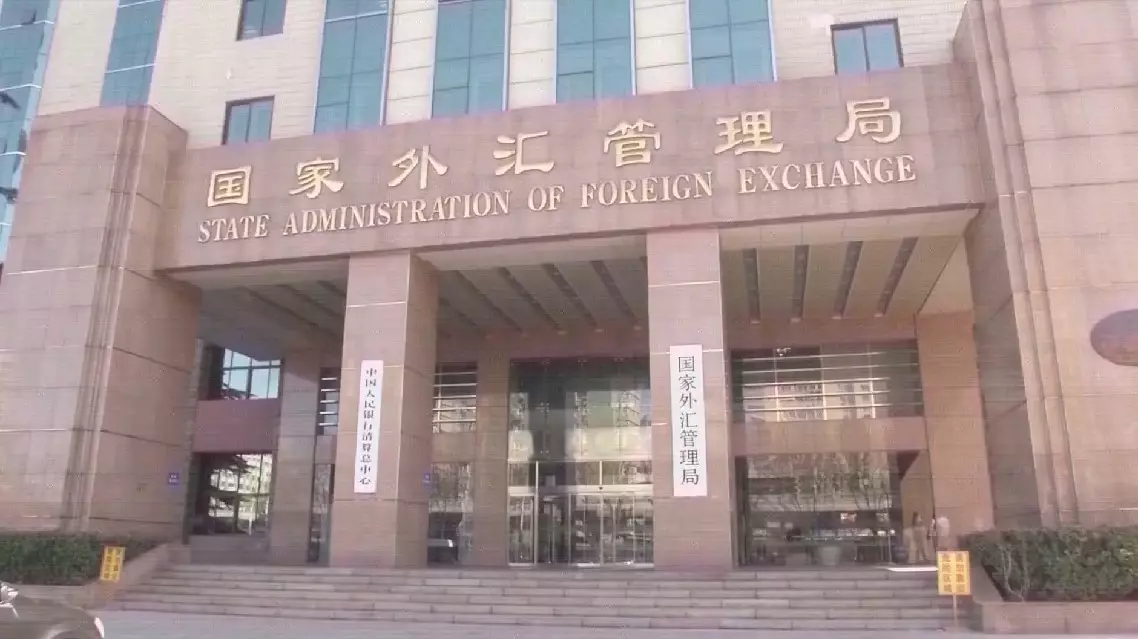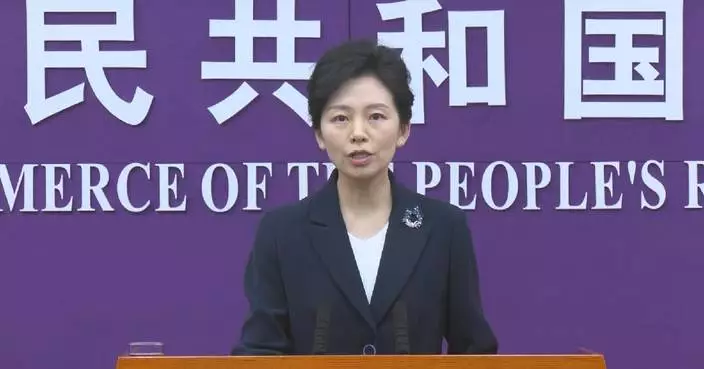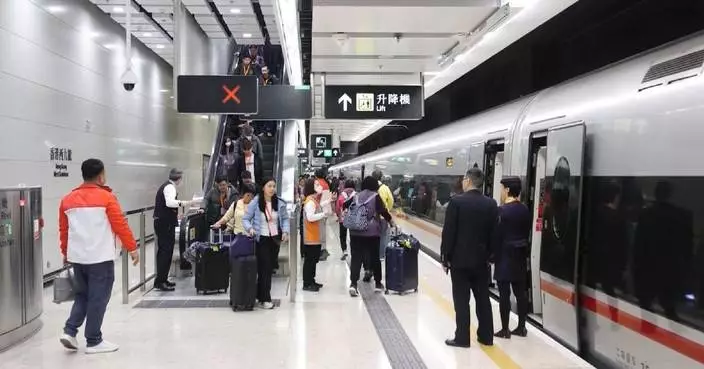China is making significant strides in upgrading its international logistics services through digital technologies, resulting in a more efficient supply chain marked by faster deliveries and reduced costs.
Hangzhou, an e-commerce hub in east China's Zhejiang Province, has been at the forefront of the efforts to ensure efficient and cost-effective international logistics -- a cornerstone of cross-border fulfillment that involves fulfilling orders from a central warehouse and delivering them worldwide.
In the city's logistics centers, small-package merchandise made in China can now reach overseas customers in merely a few days after the placement of orders on e-commerce websites due to significantly reduced delivery timelines in long-haul transportation.
It is all thanks to the high efficiency of order consolidation, which refers to a process of combining multiple orders or large quantities of freight in a single shipment.
"Five parcels from different online stores can be delivered to a customer at one time. This is what we call smart order consolidation technology. With this technology, we can provide cheaper and quicker logistics services to consumers and business owners," said Xue Weiwei, who works for an express company, during an interview with China Central Television (CCTV).
The 800-plus parcel cabinets at the company's sprawling central warehouse are collectively controlled by a digital management system which contains the detailed information of every package, including its order time, destination and shipping schedule. The system helps cut down on shipping charges and avoids prolonged wait times for customers to receive their orders.
"Without adding shipping expenses, we can deliver packages to their destinations in 10 to 20 days, which used to take us 30 to 50 days. We can even deliver them in just five days to the 14 key countries and regions," said Xue.
Each day, the warehouse handles the delivery of hundreds of thousands of parcels to over 200 countries and regions, with some of them reaching their destinations in a week or even just five days, at an average shipping cost of five U.S. dollars.
Moreover, order consolidation and other digital technologies have brought down the average cost of the facility's express shipping services by 15 percent to 30 percent, depending on the packages.
"The overall operational efficiency of the entire logistics process has been boosted. With digital technologies, we can better respond to uncertainties and make better use of the resources," said Zhou Weihua, a professor of Logistics and Supply Chain Management at the School of Management at Zhejiang University.
"In recent years, the integration of transportation resources into internet-based freight services has led to accurate matching between vehicles and cargo, improving shipping efficiency in a significant way. Compared with traditional means of freight that would cost two to three days on the road, internet-based freight can get the job done in eight to ten hours and at a cost that is about 6 percent to 8 percent lower," said Meng Xiaoyu, deputy head of the Department of Transport Services of the Ministry of Transport.
Data from the General Administration of Customs showed that in the first three quarters of 2024, China's cross-border e-commerce imports and exports reached 1.88 trillion yuan (about 370 billion U.S. dollars), a year-on-year increase of 11.5 percent, which was 6.2 percentage points higher than the overall growth rate of the country's foreign trade in the same period.

China's digital technologies speed up global shipping, drive down costs









